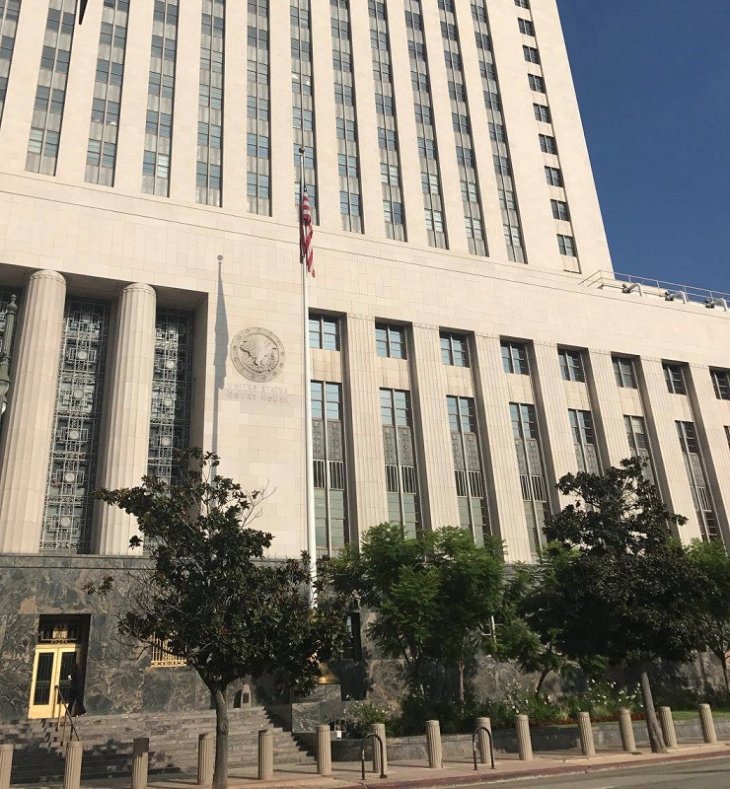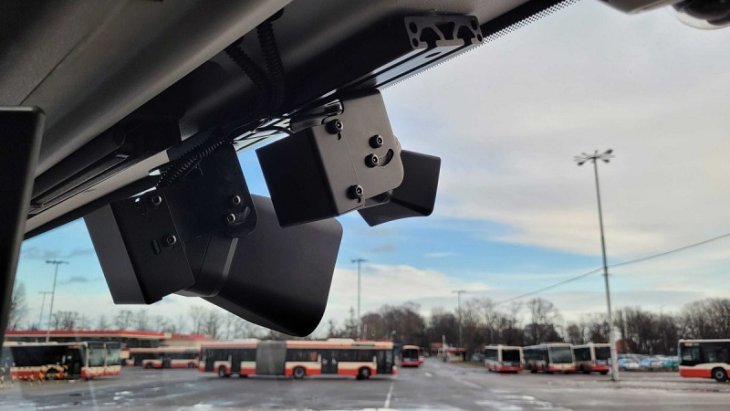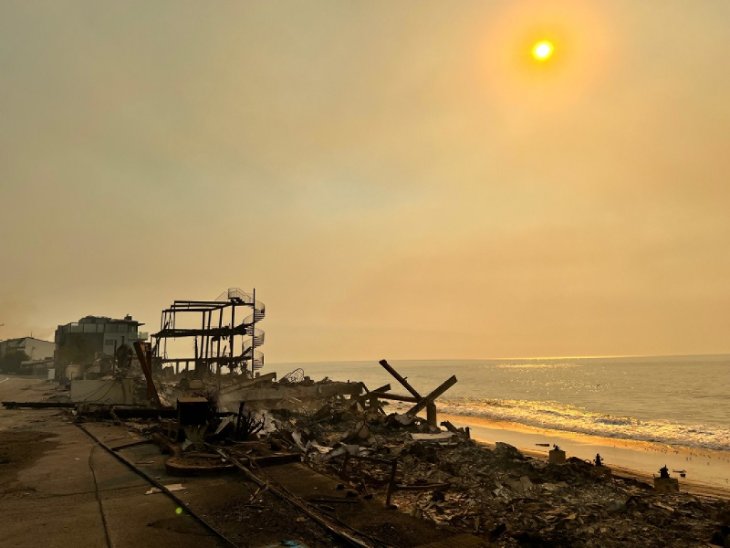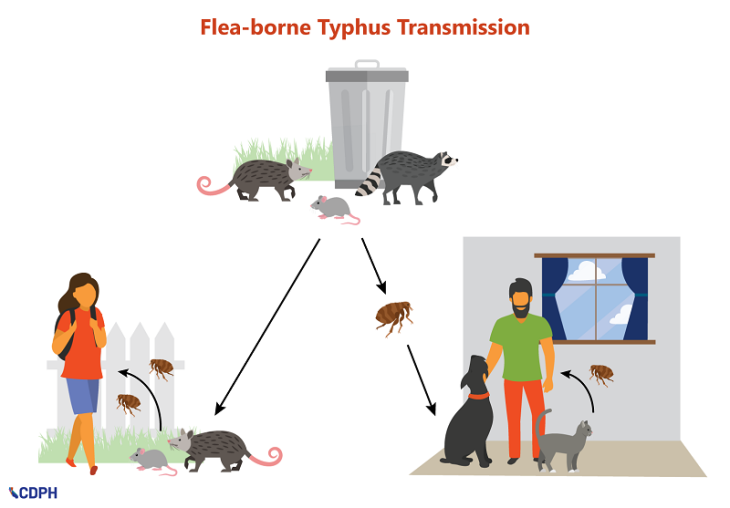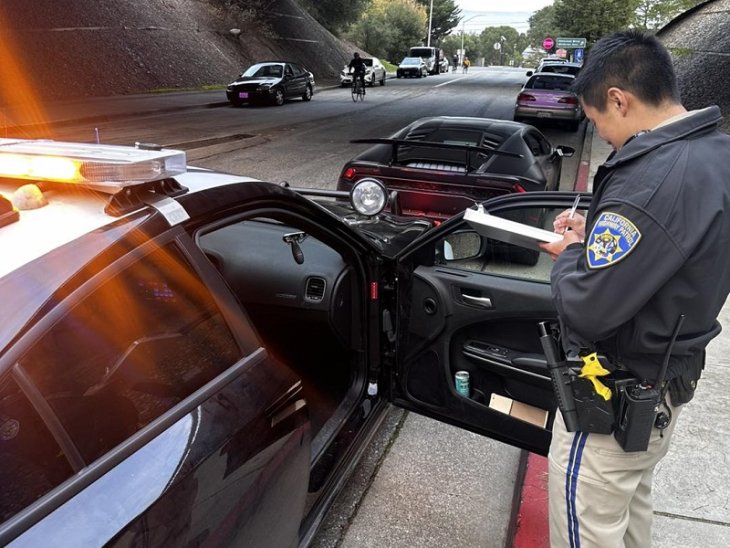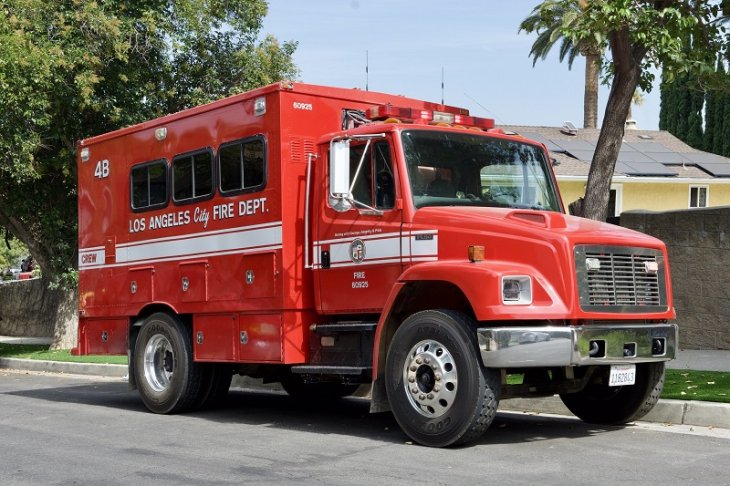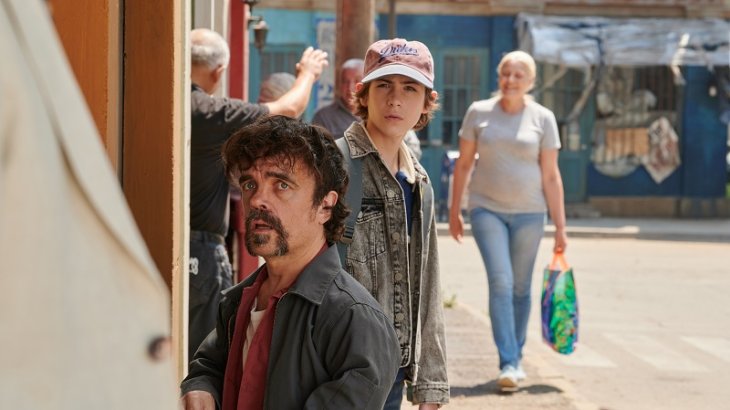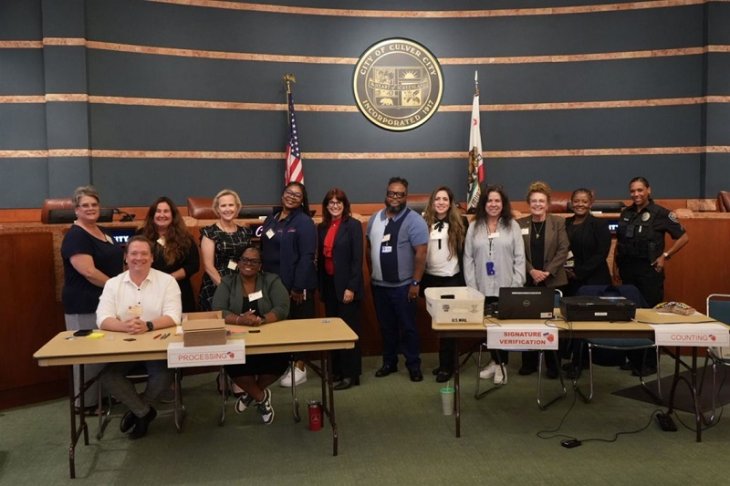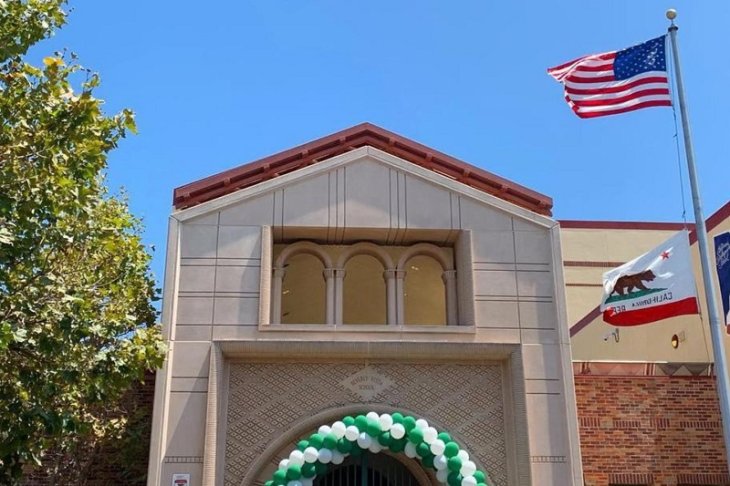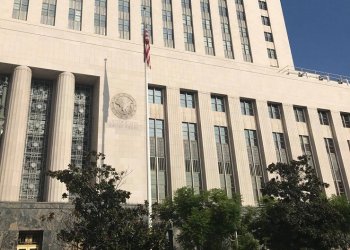
A UCLA wildlife biologist told a Los Angeles City Council committee today anti-coagulant rat poisons are working their way up the animal food chain around Los Angeles and impacting wildlife such as the mountain lion named P-22, that was found suffering from mange earlier this month.
UCLA wildlife biologist Laurel Serieys’ testimony prompted Councilman Mitch O’Farrell to order the city’s Recreation and Parks Department to report back in 30 days on six items, including the complete elimination of second-generation anti-coagulant rodenticides, which are more toxic than that of a prior generation.
Serieys, who has studied the urban wildlife in the Santa Monica Mountains, including the eastward movement of a mountain lion known as P-22 into Griffith Park, said rodenticides can compromise the immune systems of wildlife, leading to mange in some.
“The animals become emaciated and eventually die of the disease,’’ Serieys said. Tests of P-22’s blood showed traces of toxins linked to rat poison, she said.
Showing photos of P-22 with mange, Serieys said 80 percent of bobcats, mountain lions and coyotes are exposed at some point to anti-coagulants in their lifetime. She said rodents that consume the poisons could travel great distances before becoming a meal.
“If it were up to me, I would end uses of the anticoagulants entirely,” Serieys said following the meeting.
O’Farrell said comparing the photo of P-22 looking healthy against the backdrop of the Hollywood sign to a more recent image of the ailing mountain lion tugs on the heart strings.
“We’re in the 21st century and all of the focus in Los Angeles is restoring our ecosystems,” O’Farrell said. “Living sustainably and in harmony with what’s around us is tremendously important to many people. This includes living with less pesticides.”
During the meeting, Laura Baurenfeind of the Los Angeles Department of Recreation and Parks said the city only uses the safest California registered products available as a last resort.
Baurenfeind said the Recreation and Parks Department’s core mission is to maintain safe and healthy environments for its thousands of parks visitors.
“Allowing rodent populations to go unabated is, unfortunately, contradictory to this goal,” Baurenfeind told the Arts, Parks, Health, Aging and River Committee.
P-22 left the Santa Monica Mountains, traveled eastbound across the San Diego (405) Freeway and the Hollywood (101) Freeway before ending up in Griffith Park several years ago. He became California’s most famous big cat when National Geogra

